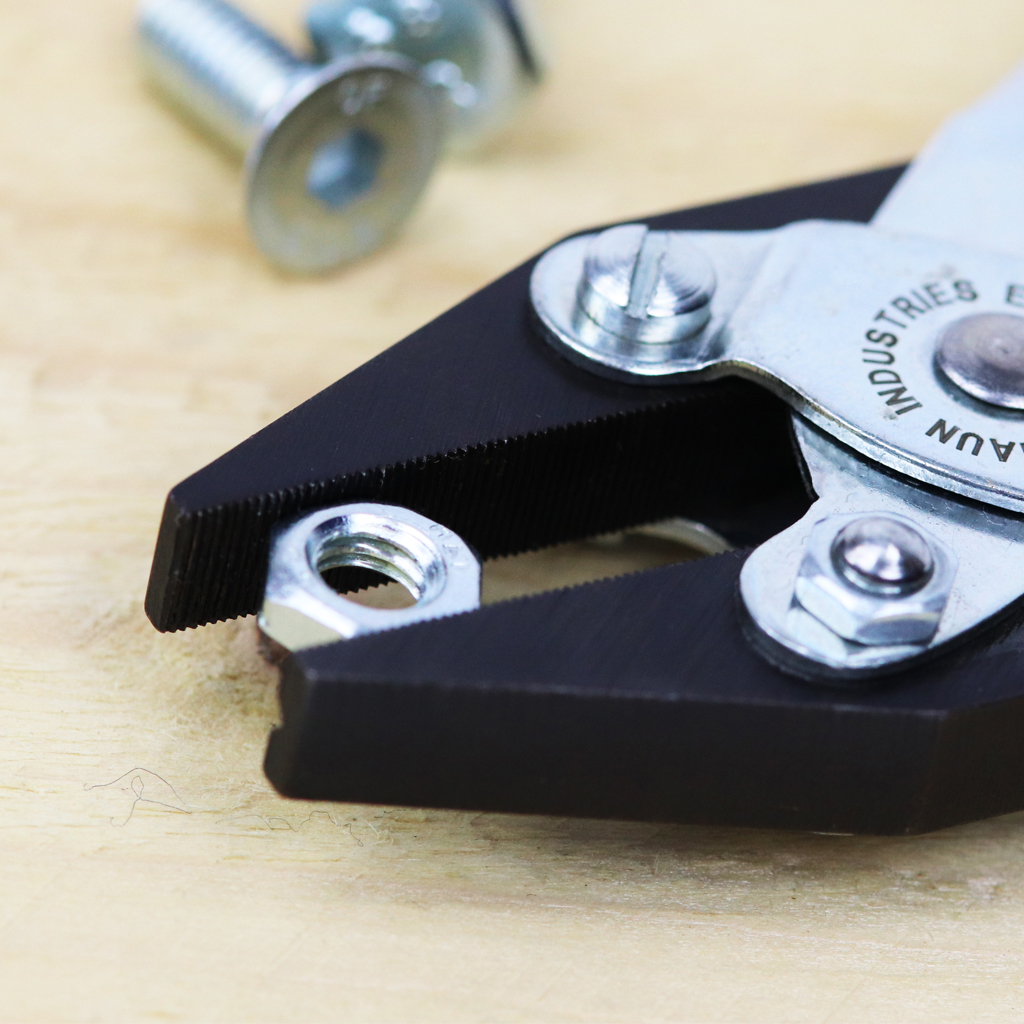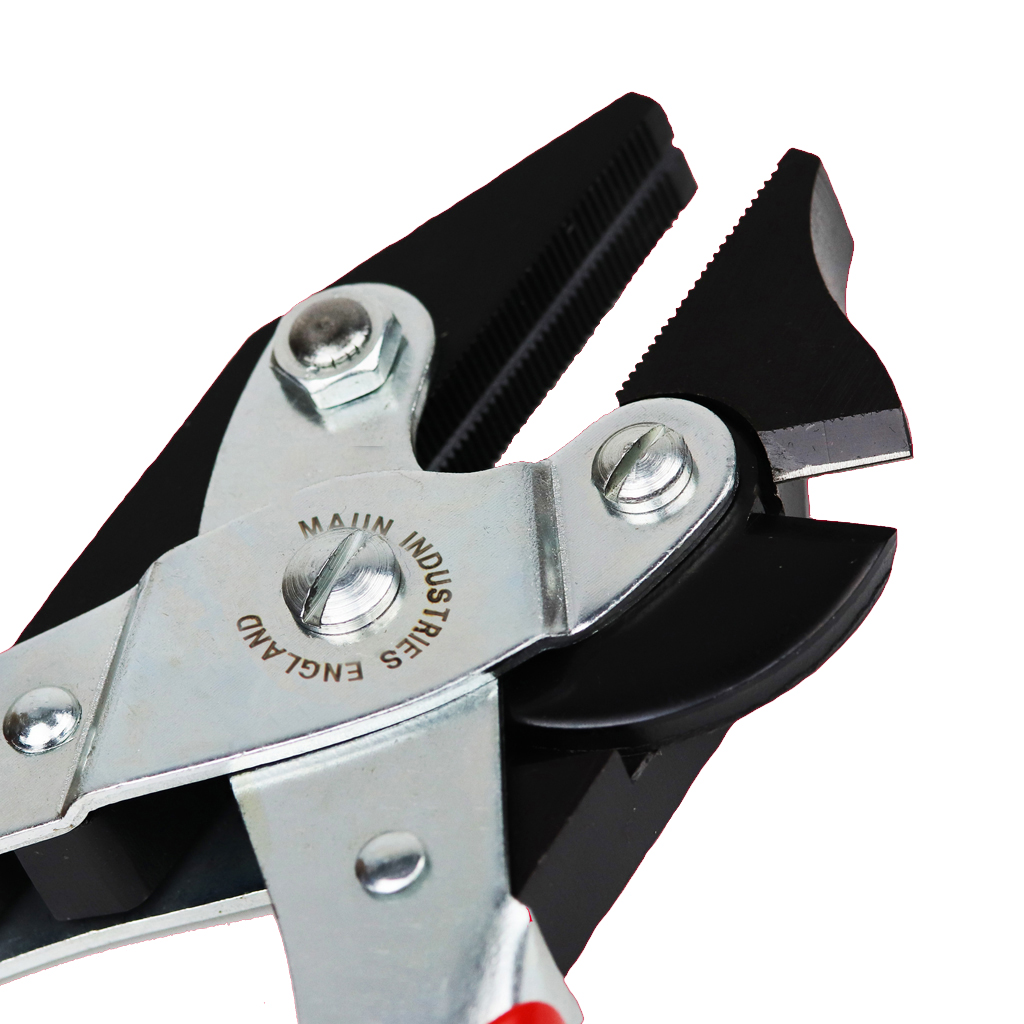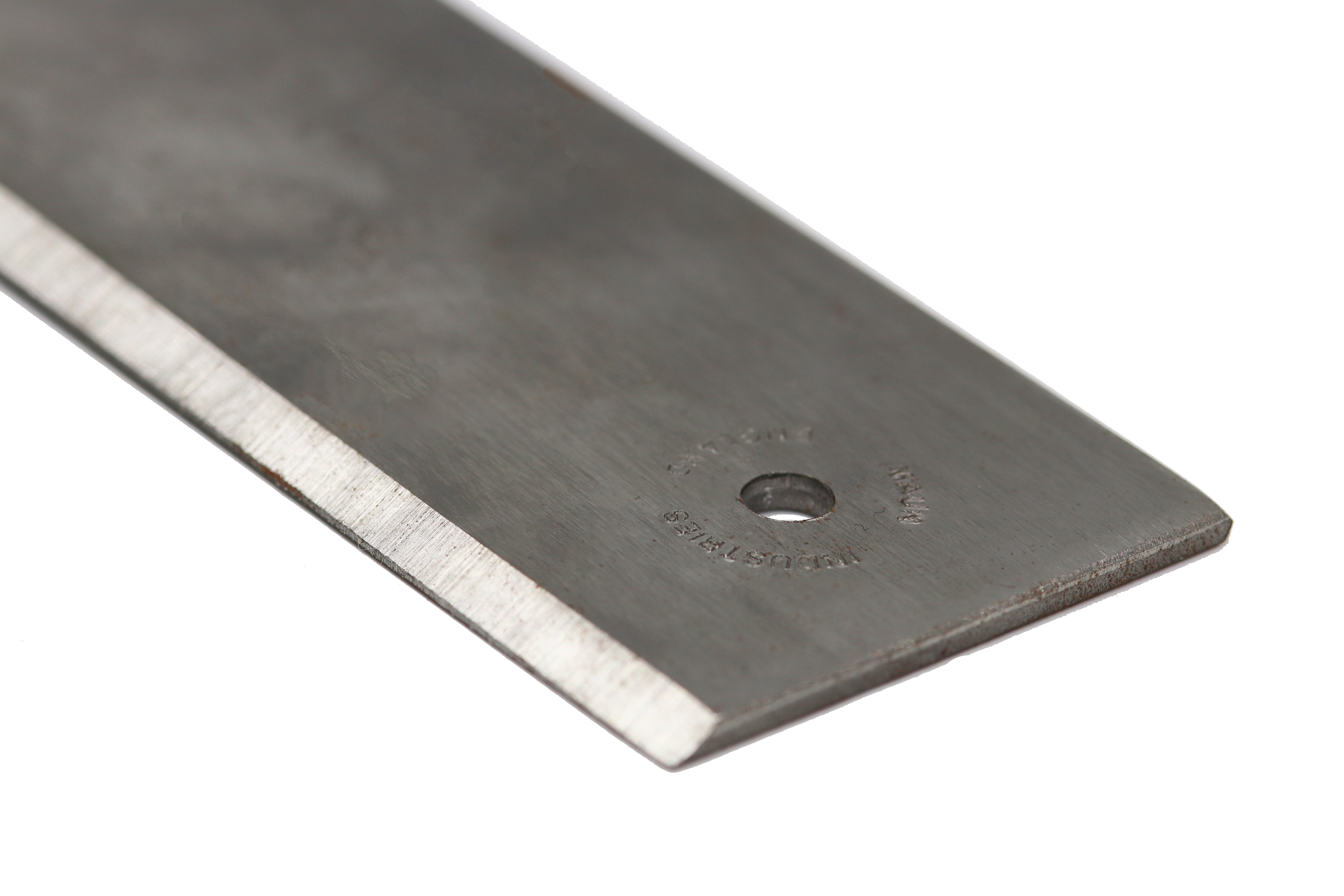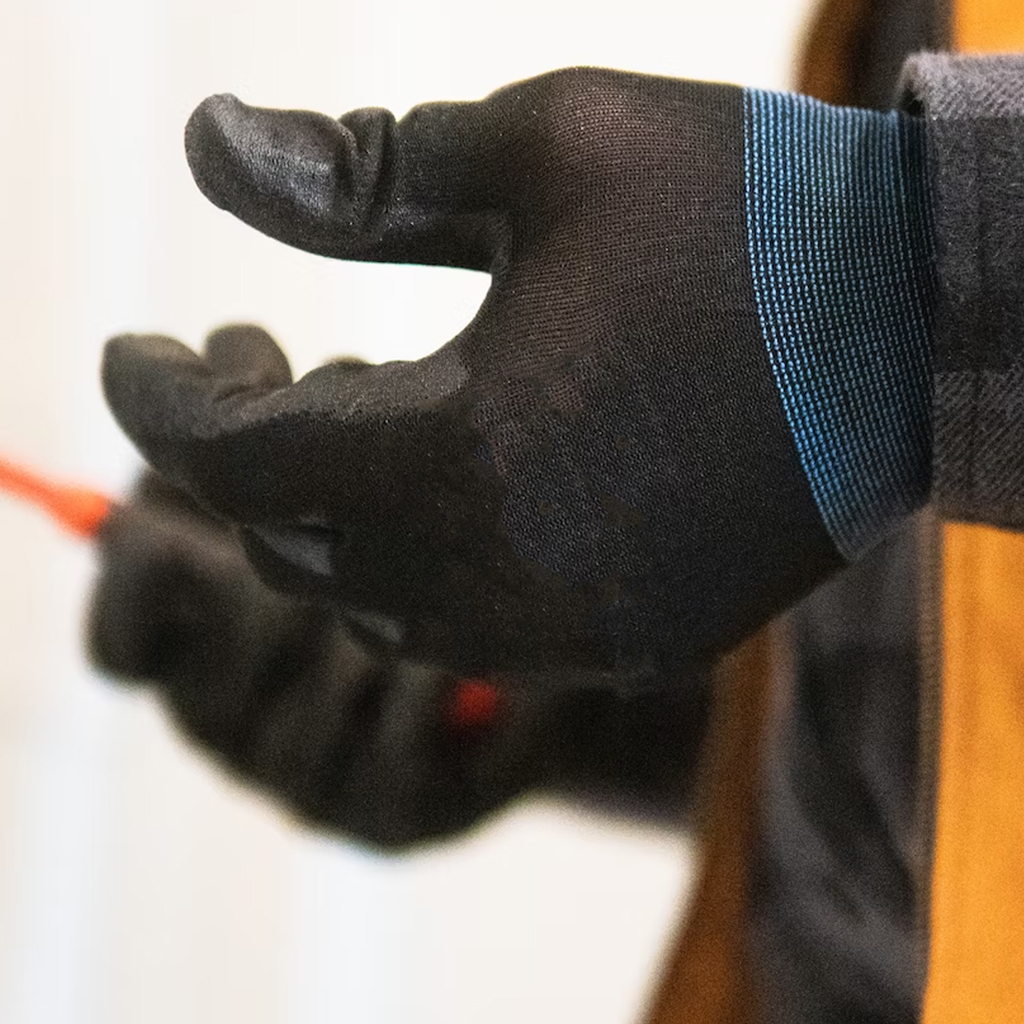Essential Tools for A Homeowner's Toolkit
3rd Jul 2025
There are countless jobs to do around your house, particularly as it gets older, and having the right tools can make your job a lot easier.
In this article, we discuss the essential tools for any homeowner’s toolkit.
Essential Hand Tools
Browse our DIY plier sets.
Hammer
Hammers are tools that come with heavy metal heads attached to handles. You can use hammers to drive nails and other fasteners into materials like wood, and for demolition-based duties. You can also use hammers to carry out tasks like building bookshelves, repairing fences and hanging pictures on the wall.
Screwdrivers
You can use screwdrivers to tighten and loosen screws. You may use a screwdriver around the home to carry out duties like installing light switches, fixing loose doorknobs and assembling furniture.
Pliers
Pliers have two hinged arms, and you can use them for cutting, bending and gripping. Popular types of pliers include parallel pliers, cutting pliers, wire cutters, needle-nose pliers and slip-joint pliers.
If you’re carrying out DIY tasks around the home, these duties could include tightening leaky pipes, holding nails whilst you’re hammering them in and stripping wires for electrical work.
Top tip: For the best grip, choose a set of parallel pliers, as they provide much better grip than traditional scissor-type pliers, giving you extra purchase with less effort. If you want to use on potentially live electrical circuits, then insulated pliers are best. If you're working in smaller spaces, then use mini pliers.

Discover our Flat Nose Plier in action.
Tape measures
These flexible rulers can be used to measure lengths and distances. A tape measure typically has measurements that are marked in inches and centimetres. You can use a tape measure to measure room dimensions, see how much board you need for a project and determine ceiling height.
Side Cutters
Side cutters are cutting pliers that have diagonal angled cutting edges. They provide cleaner cuts vs. traditional scissor cutters.
They’re ideal for cutting wire, cable ties, tubing, jewellery wire or fishing line.
Top tip: Choose side cutters with hardened cutting edges (like these) to ensure they stay sharp for many years of DIY jobs around the home.

Straight edges
Straight edges are tools that you can use to check the straightness of a surface. You can also use a straight edge to guide a cutting tool.
They are normally flat, long and straight, and tend to be made from metal. You can use a straight edge to make straight cuts with a saw, make sure a wall is plumb, or ensure you have laid tiles down straight.
Top tip: Choose a precision-engineered straight edge made from carbon steel for long lasting durability and accuracy.

Essential Power Tools
Drills
You can use drills to drill holes in materials like metal, wood and concrete. You can also use a drill to drive screws and other kinds of fasteners. Furthermore, drills can be used for shelf installation, deck building and curtain hanging.
Circular saw
Circular saws are power tools that have circular blades. You can use them to cut wood and other materials. A circular saw can be mounted on a table or handheld. You might use a circular saw to trim a door frame, make precise cuts for building furniture and cut boards for a deck.
Jigsaw
A jigsaw is a power tool that you can use for cutting curves and other non-straight lines in materials like plastic, metal and wood. A jigsaw uses a reciprocating blade which moves up and down quickly. You can use this tool to cut out holes in electrical outlets, make cuts in wood and create bespoke shapes for projects.
Safety Equipment
Gloves
Gloves can be worn on the hands to protect you from burns, cuts and other injuries. It’s common for homeowners to wear gloves when they’re working with sharp tools and using hot materials. You might need to use special gloves if you’re carrying out tasks like soldering or welding.

Safety glasses
Safety glasses can be used to protect your eyes from flying debris and others hazards. You can use safety glasses whilst you’re working with chemicals, or cutting wood or metal.
Dust mask
Dust masks can be used to protect your lungs from inhaling harmful particles or dust. You might need to use a dust mask when you’re cutting drywall or sanding wood. A dust mask can also be helpful when you’re working with insulation and need to avoid inhaling hazardous dust and fibres.
Conclusion
We hope you enjoyed our post on the essential tools for homeowners.
Browse our related posts below, or contact us with any questions:


